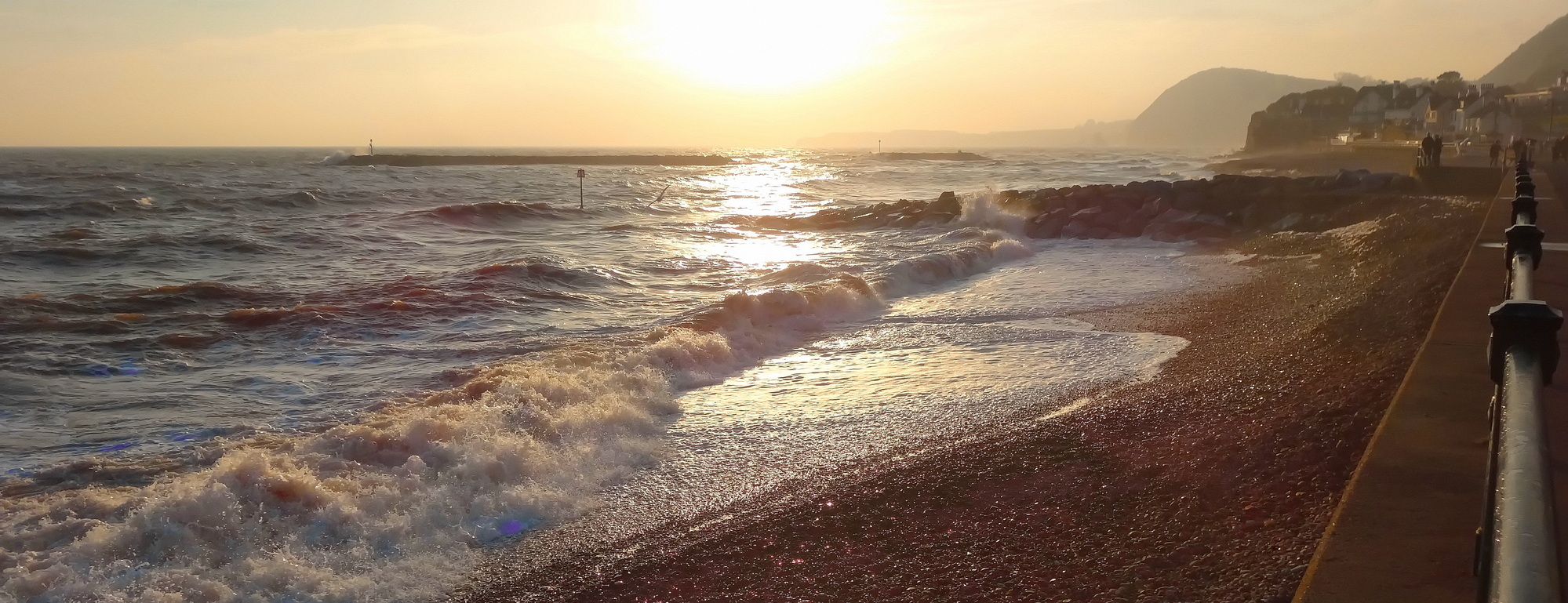Earlier in the summer, the Nation magazine looked at Phoebe Wagner’s short story “Children of Asphalt,” which appeared in the 2021 anthology Multispecies Cities: Solarpunk Urban Futures. – and at how, in her new collection of essays Death by Landscape, the novelist and essayist Elvia Wilk dedicates an essay to the politics of solarpunk fiction:
While solarpunk is “built on a clear-eyed understanding of the dystopian present,” particularly the uneven distribution of climate dystopia according to class, nationality, and race, it is nonetheless “curiously optimistic” about our planetary future. It offers a picture of an ecologically enmeshed and abundant future where radical egalitarianism extends within and beyond the human species.

As any of the various solarpunk manifestos floating around online will tell you, the only thing solarpunk fiction cannot be is dystopian. These manifestos also make the case that while solarpunk is currently being visualized in fictions like Wagner’s short story, its makers are invested in practical and immediate solutions to the climate crisis. The stories may be speculative, but the worlds they build are being presented as plausible.
To Wilk, the purpose and promise of solarpunk is to “close the plausibility gap” between our dystopian present and a non-dystopian future—between landrus-skin hats and children being willing to give over the city—by “expanding the aesthetic imaginary.”
